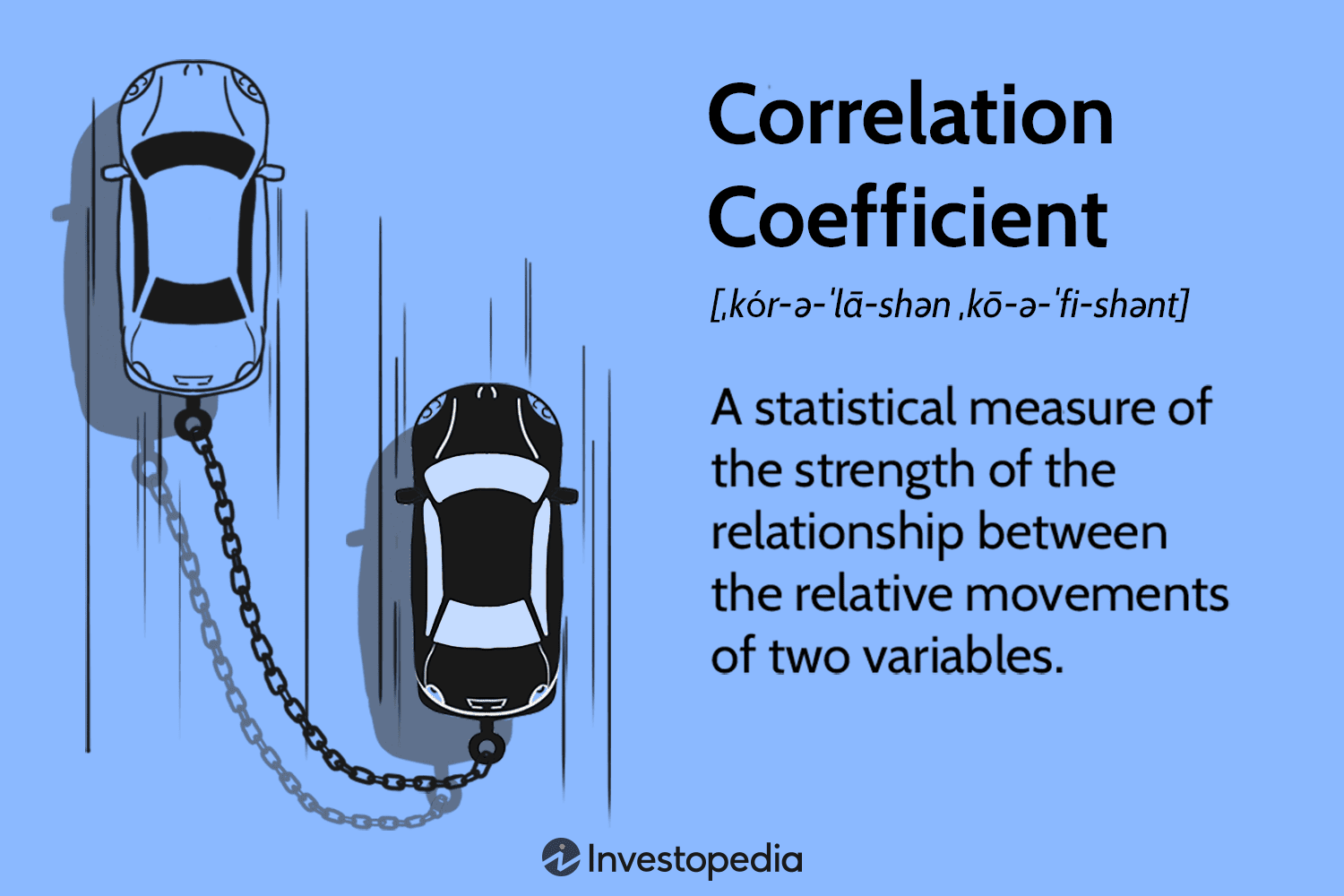The Paired Sample t-test is a statistical test used to compare the means of two related samples. It is used to determine if there is a significant difference between the means of two related samples. This test is commonly used in data analysis to compare the means of two related groups, such as before and after measurements, or to compare the means of two related treatments. This guide will provide an overview of the Paired Sample t-test, including how to set up the test, interpret the results, and use the test for data analysis.
A Step-by-Step Guide to Performing a Paired Sample t-Test for Data Analysis
A paired sample t-test is a statistical test used to compare the means of two related samples. It is used to determine whether the means of two related samples are significantly different from each other. This test is often used in data analysis to compare the means of two related groups, such as before and after measurements, or to compare the means of two related variables. The following steps provide a guide to performing a paired sample t-test for data analysis.
Step 1: State the Hypothesis.
The first step in performing a paired sample t-test is to state the hypothesis. The hypothesis should be a statement about the difference between the means of the two related samples. For example, the hypothesis might be “The mean of sample A is significantly different from the mean of sample B.”
Step 2: Collect the Data.
The next step is to collect the data for the two related samples. The data should be collected in a way that allows for comparison between the two samples. For example, if the samples are before and after measurements, the data should be collected in a way that allows for comparison between the two measurements.
Step 3: Calculate the Difference Between the Means.
Once the data has been collected, the next step is to calculate the difference between the means of the two samples. This can be done by subtracting the mean of sample A from the mean of sample B.
Step 4: Calculate the Standard Error of the Difference.
The next step is to calculate the standard error of the difference between the means. This can be done by dividing the standard deviation of the difference between the means by the square root of the sample size.
Step 5: Calculate the t-Statistic.
The next step is to calculate the t-statistic. This can be done by dividing the difference between the means by the standard error of the difference.
Step 6: Calculate the p-Value.
The final step is to calculate the p-value. This can be done by using a t-table to look up the t-statistic and determine the corresponding p-value.
Once the p-value has been calculated, it can be used to determine whether the difference between the means of the two samples is statistically significant. If the p-value is less than 0.05, then the difference between the means is statistically significant. If the p-value is greater than 0.05, then the difference between the means is not statistically significant.
How to Interpret the Results of a Paired Sample t-Test
The paired sample t-test is a statistical test used to compare the means of two related samples. It is used to determine whether the means of the two samples are significantly different from each other. The results of a paired sample t-test can be interpreted in terms of the null hypothesis, which states that there is no difference between the means of the two samples.
The results of a paired sample t-test are reported as a t-value and a p-value. The t-value is a measure of the difference between the means of the two samples. The larger the t-value, the greater the difference between the means. The p-value is a measure of the probability that the difference between the means is due to chance. A p-value of less than 0.05 indicates that the difference between the means is statistically significant.
In order to interpret the results of a paired sample t-test, the t-value and p-value must be considered together. If the t-value is large and the p-value is less than 0.05, then it can be concluded that the difference between the means of the two samples is statistically significant. On the other hand, if the t-value is small and the p-value is greater than 0.05, then it can be concluded that the difference between the means of the two samples is not statistically significant.
In summary, the results of a paired sample t-test can be interpreted by considering the t-value and p-value together. If the t-value is large and the p-value is less than 0.05, then it can be concluded that the difference between the means of the two samples is statistically significant. On the other hand, if the t-value is small and the p-value is greater than 0.05, then it can be concluded that the difference between the means of the two samples is not statistically significant.
Understanding the Assumptions of a Paired Sample t-Test
A paired sample t-test is a statistical test used to compare the means of two related groups of data. This test is based on the assumption that the two samples are related in some way, such as being from the same population or being matched in some way. The paired sample t-test assumes that the two samples are independent, meaning that the observations in one sample are not affected by the observations in the other sample. Additionally, the paired sample t-test assumes that the two samples are normally distributed, meaning that the data follows a bell-shaped curve. Finally, the paired sample t-test assumes that the two samples have equal variances, meaning that the spread of the data is similar in both samples.
These assumptions are important to consider when performing a paired sample t-test, as violating any of these assumptions can lead to inaccurate results. It is important to check the data for normality and equal variances before performing the test, as these assumptions must be met in order for the test to be valid. Additionally, it is important to ensure that the two samples are indeed related in some way, as this is a key assumption of the test. If the two samples are not related, then a different test should be used.
Tips for Choosing the Appropriate Paired Sample t-Test for Your Data
1. Determine the type of data you are working with. The paired sample t-test is used to compare two sets of related data, so you must first determine if your data is related or not. If the data is not related, then the paired sample t-test is not the appropriate test to use.
2. Determine the type of test you need. The paired sample t-test is used to compare the means of two related samples. If you are looking to compare the means of two independent samples, then you should use an independent sample t-test.
3. Consider the assumptions of the test. The paired sample t-test assumes that the data is normally distributed and that the variances of the two samples are equal. If these assumptions are not met, then you should consider using a non-parametric test such as the Wilcoxon signed-rank test.
4. Consider the sample size. The paired sample t-test is most accurate when the sample size is large. If the sample size is small, then you should consider using a non-parametric test such as the Wilcoxon signed-rank test.
5. Consider the power of the test. The paired sample t-test is most powerful when the sample size is large and the difference between the two samples is large. If the sample size is small or the difference between the two samples is small, then you should consider using a non-parametric test such as the Wilcoxon signed-rank test.
Common Pitfalls to Avoid When Using a Paired Sample t-Test for Data Analysis
1. Not accounting for the correlation between the two samples: The paired sample t-test assumes that the two samples are correlated, so it is important to consider this when conducting the test. If the correlation is not taken into account, the results of the test may be inaccurate.
2. Not checking for normality: The paired sample t-test assumes that the data is normally distributed, so it is important to check for normality before conducting the test. If the data is not normally distributed, the results of the test may be inaccurate.
3. Not checking for outliers: Outliers can have a significant impact on the results of the test, so it is important to check for outliers before conducting the test. If outliers are present, they should be removed or the results of the test may be inaccurate.
4. Not checking for homogeneity of variance: The paired sample t-test assumes that the two samples have equal variances, so it is important to check for homogeneity of variance before conducting the test. If the variances are not equal, the results of the test may be inaccurate.
5. Not using an appropriate sample size: The paired sample t-test requires a minimum sample size of 30 in order to be valid, so it is important to ensure that the sample size is sufficient before conducting the test. If the sample size is too small, the results of the test may be inaccurate.
Conclusion
The paired sample t-test is a powerful tool for data analysis. It can be used to compare the means of two related samples, such as before and after measurements, or to compare the means of two independent samples. The paired sample t-test is a useful tool for determining whether the difference between two means is statistically significant. It is important to remember that the paired sample t-test assumes that the data is normally distributed and that the variances of the two samples are equal. If these assumptions are not met, then other tests, such as the Wilcoxon signed-rank test, may be more appropriate.
Discussion
[wpaicg_chatgpt]



